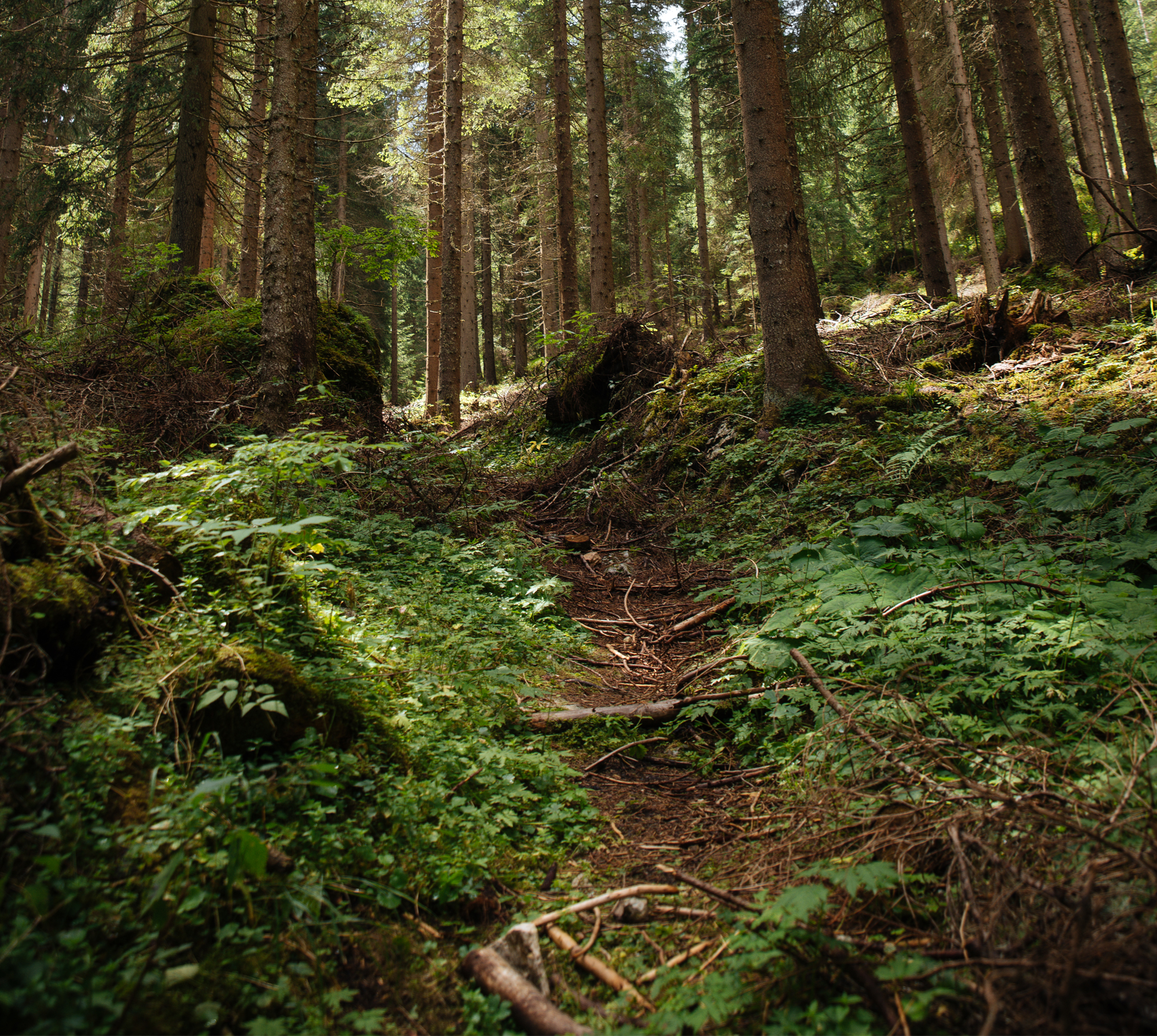Ta strona korzysta z ciasteczek, aby zapewnić Ci najlepszą możliwą obsługę. Informacje o ciasteczkach są przechowywane w przeglądarce i wykonują funkcje takie jak rozpoznawanie Cię po powrocie na naszą stronę internetową i pomaganie naszemu zespołowi w zrozumieniu, które sekcje witryny są dla Ciebie najbardziej interesujące i przydatne.

Wykorzystanie przejść dolnych przez ssaki na terenie Lasów Rogowskich
The use of underpasses by mammals in the area of the Rogów Forest
Autorzy
- Karolina D. Jasińska Szkoła Główna Gospodarstwa Wiejskiego w Warszawie, Samodzielny Zakład Zoologii Leśnej i Łowiectwa, ul. Nowoursynowska 159, 02−776 Warszawa
-
Jakub Gryz
Instytut Badawczy Leśnictwa, Zakład Ekologii Lasu, Sękocin Stary, ul. Braci Leśnej 3; 05−090 Raszyn
*Tel. +48 22 7150419, e-mail: j.gryz@ibles.waw.pl -
Dagny Krauze-Gryz
Szkoła Główna Gospodarstwa Wiejskiego w Warszawie, Samodzielny Zakład Zoologii Leśnej i Łowiectwa
ul. Nowoursynowska 159, 02−776 Warszawa
Abstrakt
Wildlife passages are an important tool to reduce negative effects of transport infrastructure on habitat connectivity and animal population viability. The aim of our study was to evaluate the use of two underpasses by medium-sized mammals. Both underpasses are situated in the area of the Rogów Forests, Central Poland, one of which is located under a road and the other under railway tracks. We used camera traps to monitor every wildlife crossing between February 2016 and December 2017.
Four wild mammal species (roe deer, brown hare, red fox, martens) as well as domesticated cats and dogs were registered in the vicinity of the road underpass. Except for roe deer, the underpass was used (i.e. animals entered) by all of the listed species. The underpass was mainly used by brown hares in spring and by wild as well as domestic carnivores in autumn. Brown hares used the underpass mostly between 2 p.m. and 7 p.m., while foxes, cats and dogs at night. Near the underpass of the railway track, roe deer, wild boar, brown hare, red fox, raccoon dog, European badger, martens, European polecat as well as domestic dogs and cats were observed. Only wild boar and brown hare never entered the underpass. Roe deer used the underpass in May-June and September, wild carnivores in spring and dogs in summer. Only dogs used the underpass round the clock with roe deer, foxes, badgers and racoon dogs frequenting it at night. Domestic carnivores used both passages more often compared to wild mammals. Both underpasses were also heavily used by humans mostly in spring and at daytime.
The usage of the underpasses by wildlife was strongly seasonal which could be related to increased animal locomotory activity, i.e. during rut, dispersal of young. Furthermore, wild animals used the underpasses at night, when humans were less active indicating that human activity might have influenced the usage of the underpasses by wild mammals.
Słowa kluczowe
| DOI | 10.48538/lpb-2021-0005 |
|---|---|
| Source | Leśne Prace Badawcze, 2021, 82 (2): 37–46 |
| Print ISSN | 1732-9442 |
| Online ISSN |
2082-8926 |
| Type of article |
Original research article |
| Original title |
Wykorzystanie przejść dolnych przez ssaki na terenie Lasów Rogowskich |
| Publisher | Instytut Badawczy Leśnictwa, Sękocin Stary, Poland |
| Date | 15 December 2021 |
- Jasińska K., Gryz J., Krauze-Gryz D. Wykorzystanie przejść dolnych przez ssaki na terenie Lasów Rogowskich
- Zaniewski P., Dembicz ., Zaniewska E., Kanabus A., Kozub Ł. Synantropizacja flory roślin naczyniowych rezerwatu Wieliszewskie Łęgi (środkowa Polska)


